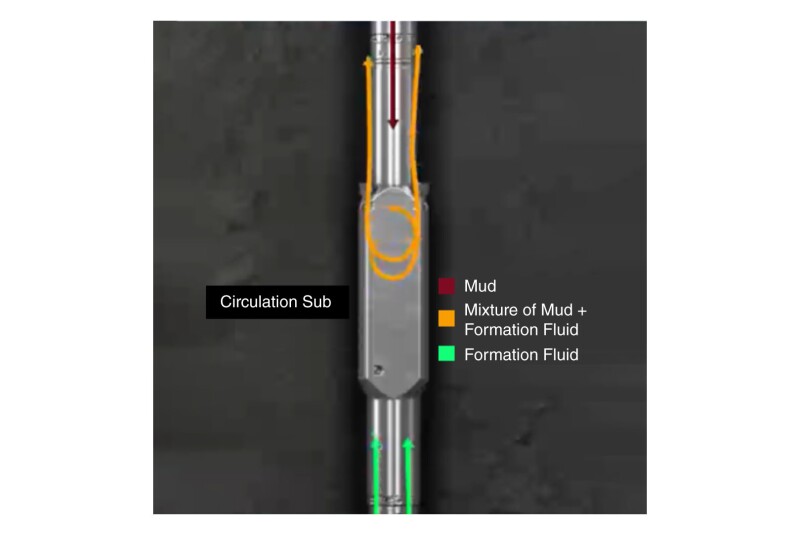The complete paper addresses challenges related to well control and highlights the successful implementation of deep transient tests (DTT) in an offshore well performed with the help of a dynamic well-control simulation platform. The paper aims to provide insights into the prejob simulation process, which ensured a safer operation from a well-control perspective. Additionally, a comparison between simulated and actual sensor measurements during the DTT operation is presented.
DTT
DTT is a formation-testing (FT) method that allows pressure transient tests that reach deeper into the formation compared with conventional interval pressure transient tests (IPTT). DTT enables the testing of formations with higher permeability, greater thickness, and lower viscosity and real-time measurement of crucial parameters. During a DTT, formation fluid is pumped from the reservoir; upon stopping the pump, the formation pressure begins to recover as fluid further from the wellbore replaces the extracted fluid.


